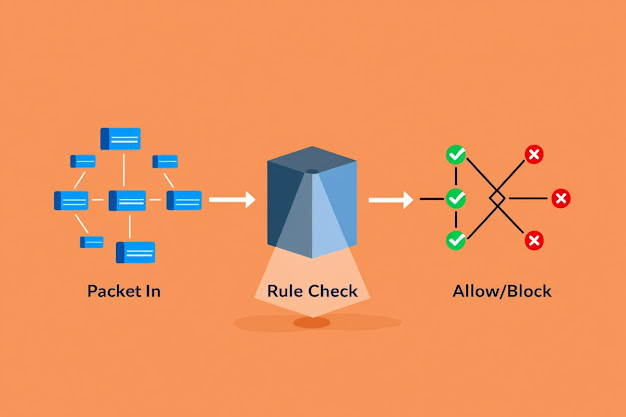What is Subnet Mask? A Complete Guide for Beginners
In computer networking, a subnet mask plays a critical role in defining how IP addresses are allocated and understood within a network. Whether you're setting up a home network or managing an enterprise-level infrastructure, understanding subnet masks is essential for efficient communication between devices.
What is a Subnet Mask?
A subnet mask is a 32-bit number that divides an IP address into two parts:
-
Network portion
-
Host portion
It tells the system which part of the IP address identifies the network and which part identifies the device (host) on that network.
For example:
-
IP Address:
192.168.1.10 -
Subnet Mask:
255.255.255.0
In this case, the first three octets (192.168.1) represent the network, and the last octet (.10) represents the device.
Why is a Subnet Mask Important?
Subnet masks are used to:
-
Segment a large network into smaller sub-networks (subnets)
-
Improve performance by reducing broadcast traffic
-
Enhance security by isolating groups of devices
-
Simplify routing by creating logical network hierarchies
Without subnetting, all devices in an IP range would be on the same network—causing congestion and potential security issues.
How Subnet Masks Work
Subnet masks use binary notation to mask parts of an IP address.
Example:
-
Subnet Mask:
255.255.255.0 -
In Binary:
11111111.11111111.11111111.00000000
The 1s (network bits) tell the system which part is the network ID, and the 0s (host bits) represent individual devices.
Common Subnet Masks
| Subnet Mask | CIDR Notation | Number of Hosts |
|---|---|---|
| 255.0.0.0 | /8 | 16,777,214 |
| 255.255.0.0 | /16 | 65,534 |
| 255.255.255.0 | /24 | 254 |
| 255.255.255.192 | /26 | 62 |
Each subnet mask corresponds to a CIDR (Classless Inter-Domain Routing) notation that tells how many bits are used for the network portion.
Example Use Case
Let’s say your company has 200 devices. You don’t want them all in a single network because of performance and security issues. By using subnetting with a mask like 255.255.255.0, you can divide the network into multiple subnets, each handling a smaller group of devices.
How to Find the Subnet Mask
On Windows:
Open Command Prompt and type:
You’ll see your subnet mask listed under your network adapter.
On Linux/macOS:
Type:
Final Thoughts
Understanding what a subnet mask is—and how it works—is essential for anyone involved in networking. Whether you’re configuring a router, setting up a network, or troubleshooting connectivity, subnet masks are foundational.
Visit Softbuzz.net for more networking tutorials, tech guides, and performance tips!



Nhận xét
Đăng nhận xét